Why visit Malta?
Malta is an archipelago located in the Mediterranean Sea nearly 93km south of the Italian Island Sicily, and approximately 300km North of Libya. Even though Malta is a European island, it is located further south than some African countries such as the capital of Tunisia and Algeria. There are 18 uninhabited islands forming part of the archipelago, and three inhabited - Malta, Gozo and Comino. Then there is Manoel Island, Filfla and the Fungus Rock which are historically and ecologically very significant. The others are mere large rocks. The Maltese islands were formed from the higher points of the land bridge that connected Sicily with North Africa. The land bridge became isolated when sea-levels rose after the last ice age, leading to the formation of the archipelago that now lies at the edge of the African tectonic plate, where it meets the Eurasian one.
What does Malta bring in mind?
The Blue Hole and Azure Window
The Azure Window, a huge natural arch in the sea cliffs, is a breathtaking Gozitan view. In the rocks in front of it is another geological freak called the Blue Hole – a vertical chimney in the limestone, about 10 m in diameter and 25 m deep, that connects with the open sea through an underwater arch about 8m down. Understandably, it's a very popular dive site and the snorkeling there is excellent too. Moby Dives and St Andrews Divers Cove, both located in Xlendi, are available for lessons and equipment hire.
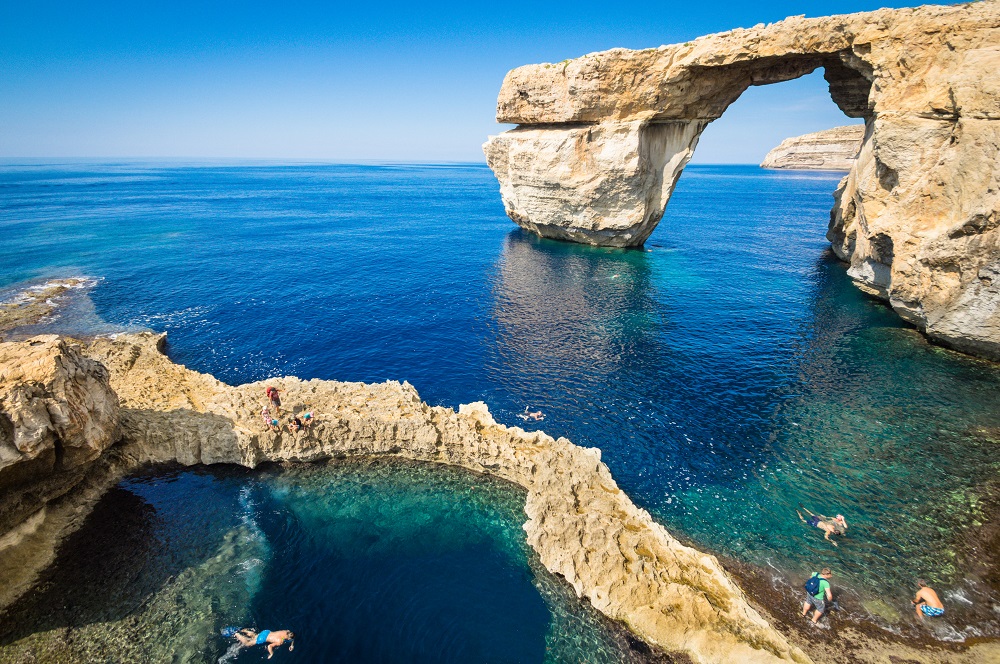
|
Saint Johns’ Co-Cathedral St John's Co-Cathedral, Malta's most impressive church, was designed by the architect Gerolamo Cassar. It was built between 1573 and 1578, taking over from the Church of St Lawrence in Vittoriosa as the place where the Knights would gather for communal worship. Visitors should dress appropriately for a house of worship. Stiletto heels are not permitted, to protect the marble floor. The floor is a vast patchwork quilt of marble tomb slabs, and the vault is covered in paintings by Mattia Preti illustrating events from the life of St John the Baptist. The altar is dominated by a huge marble sculpture depicting the Baptism of Christ, with a painting, St John in Heaven, by Preti above it. |
 |
 |
Sunday’s Fish Market At Marsaxlokk's colorful, packed-to-the-gills Sunday Fish Market, you can admire the riches of the Mediterranean before they are whisked off to Malta's top hotels and restaurants. The market starts early in the morning and the best stuff is long gone by afternoon. |
Grand Harbor boat tour
The famous Grand Harbor is at the heart of much of Malta’s history. Site of the Great Siege of 1565 in which the Knights of St John just managed to hold off the invading Ottoman Turks, as well as the centre of significant events of World War Two, the harbor was home to the British Royal Navy in the Med until the 1970s. The best way to do this is on a tour in a traditional dghajsa. There used to be hundreds of these colorful little wooden boats ferrying sailors between ship and shore. Now there are only a few and their single oar is supplemented with a motor. Do not encourage your boatman to take you beyond the harbor walls; these boats are not designed for the open sea.

|
Malta at War Museum This is not only a museum about Malta’s Second World War, but it offers tours of the vast World War Two shelter below ground. Hundreds of people spent days and nights down in these hand- cut rock tunnels with only smoky little oil lamps for light. The guides here are exceptionally well informed and really bring the place to life. In summer, bring a sweatshirt as it can be cold by comparison with outside. |
 |
Cathedral of the Assumption
The cathedral was built between 1697 and 1711 to replace a church that had been destroyed by an earthquake in 1693. The earthquake had struck in southern Italy yet caused damage as far away as Malta. The replacement was designed by Lorenzo Gafa, who was also responsible for St Paul's Cathedral at Mdina. The elegant facade is adorned with the escutcheons of Grand Master Ramon de Perellos and Bishop Palmieri. Due to a lack of money the dome was never finished, but a clever trompe l'oeil painting gives the impression of completion.

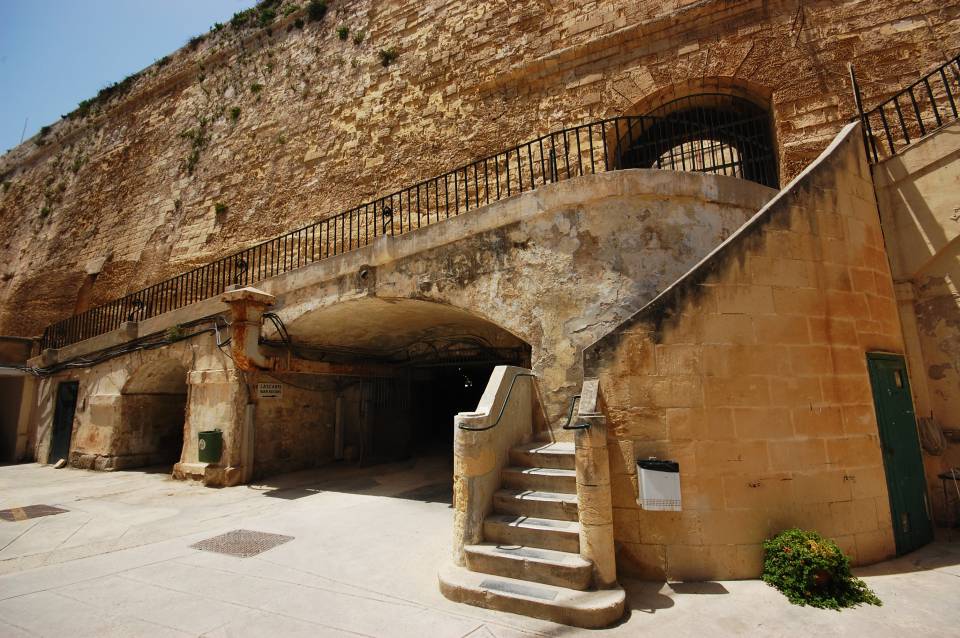 |
Lascaris War Rooms Deep inside the bastion walls of Valletta, these tunnels were once the slave quarters of the Order of St John. In the Second World War, they became the secret headquarters of the British and Allied Mediterranean forces and it was from here that General Eisenhower commanded Operation Husky, the successful invasion of Sicily in 1943. You can still see ops rooms complete with maps, phones and plotting tables, as well as ancient-looking communication systems. There is an audio guide in English as well as human guides full of additional facts and stories about Malta’s crucial role in the war. The Lascaris War Rooms are underneath the Upper Barracca Gardens, so it is easy to visit both on the same outing. |
Mdina Cathedral and Museum
Mdina cathedral was the only one in Malta until in 1816 the Pope made St John’s in Valletta another. It is the most impressive church interior after St John’s, and you can usually see more of the colorful inlaid marble floor tombs here than in Valletta where they are often protected by covers.

|
Hal Saflieni Hypogeum This must-see sight is quite extraordinary. It is a burial complex cut into solid rock by the same people who built Malta’s unique prehistoric temples between 3600BC and 2500BC. Like the temples, the Hypogeum is a UNESCO World Heritage Site. For conservation reasons only ten people per hour can visit, so book as far in advance as possible. Visits start with a short film before you descend into the underworld in an accompanied group with a very good audio guide. The complex consists of three layers (the deeper the more recent) each with multiple rooms. It is estimated that it once held some 7,000 bodies, deposited down here over a period of nearly 1000 years. The most impressive room, the 'Holy of Holies’, is a carved copy of the above-ground temples cut into the rock. Being underground, it has been far better preserved than the actual temples. If you have failed to book before arriving in Malta, tickets for two tours per day (noon and 4pm) are sold at the National Museum of Fine Arts in Valletta the day before. Also note that children under six are not admitted. |
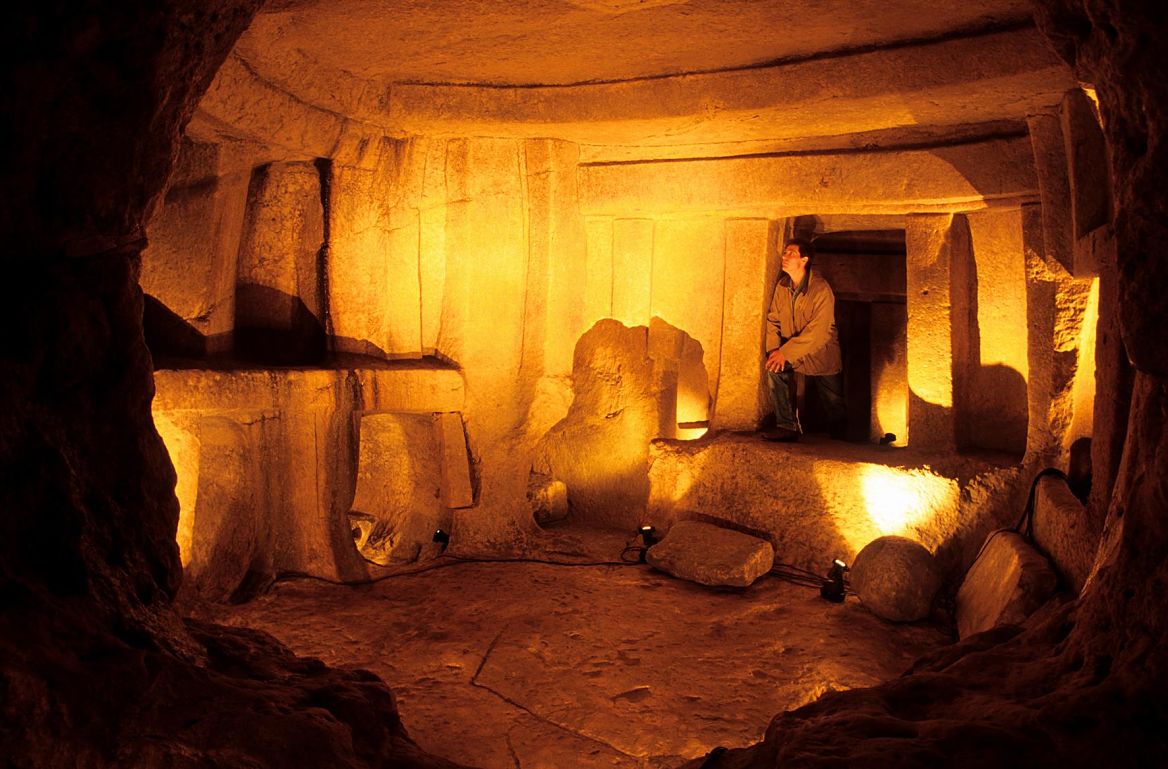 |
Mnajdra and Hagar Qimmalta
Malta’s prehistoric temples are amongst the very oldest stone buildings in the world and all are UNESCO World Heritage Sites. Built between 3600BC and 2500BC, they are much older than Stonehenge and significantly more sophisticated. They have multiple rooms, flooring, roofs, monumental doorways, stone furniture and statuary. The two temple complexes here sit 500m apart in attractive landscape closer to that in which they would have been built than any of the other temples on Malta. At Mnajdra, there are three temples next to each other and the largest is quite typical in construction and layout.

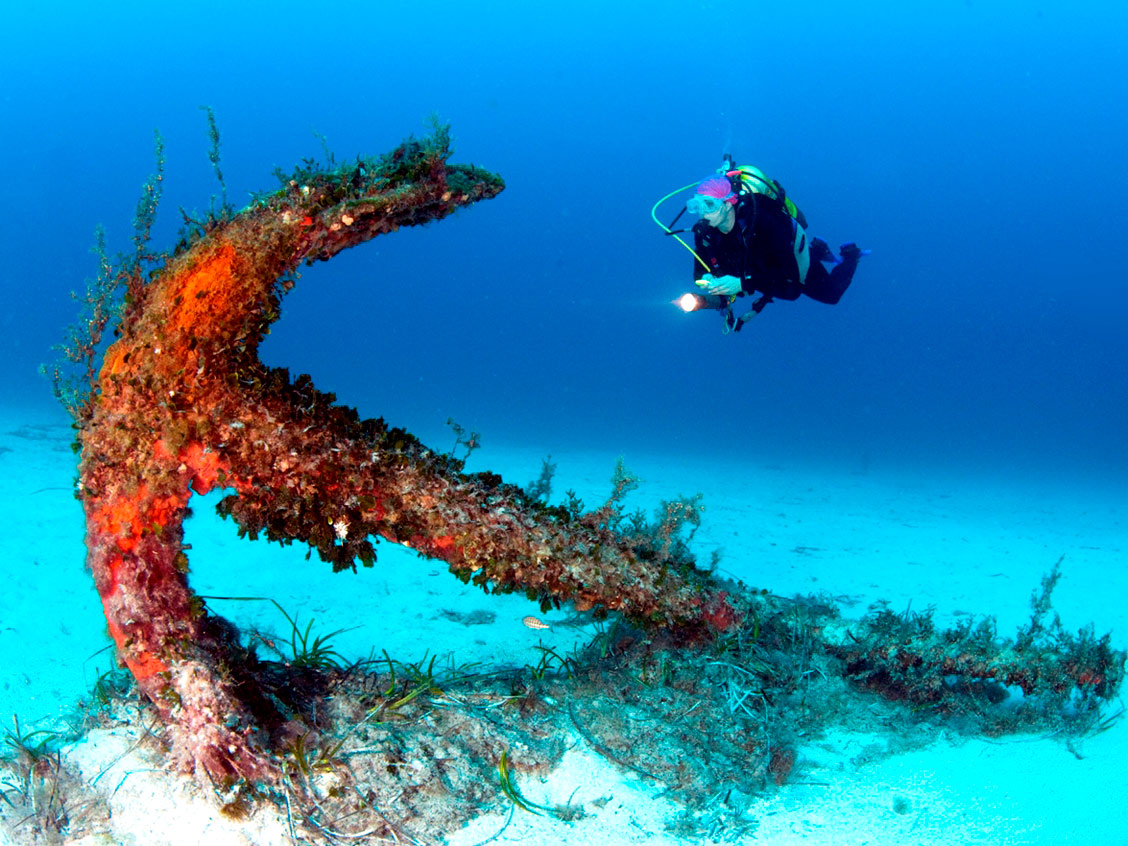 |
Diving in Malta Malta has some of the best diving in the Mediterranean. There are dive centers all over the island offering everything from beginners’ courses to equipment hire for experienced divers. Diving in Malta is less about vast numbers of colorful fish and more about extraordinary underwater landscapes and wrecks. There is a good choice of dives both from the shore and reachable by short boat trips. Day trips to Comino and Gozo with yet more dive sites are also easy to organize. |
Things you shouldn’t miss in Malta
-
Saint Johns’ Co-Cathedral
-
Diving in Comino
-
Contemplate Hal Saflieni Hypogeum
-
Visit Mdina Cathedral and Museum
-
Visit Lascaris War Rooms and Malta War Museum
-
A boat tour on the Grand Harbor
-
Visit Sunday’s Fish Market
-
Go to Gozo (a pleasant 25-minute ferry ride from Malta, the sister island of Gozo is a haven for divers, snorkelers and swimmers). Top spots to explore include the striking rock formations and turquoise bays around Dwejra on the west coast and the russet sands of Ramla Bay on the opposite side. The nearby village of Marsalforn is perfect for an alfresco lunch.
-
Hit the beaches
-
Promenade along the Mediterranean
-
Snack on Pastizzi (You can't leave Malta without trying the omnipresent street snack, pastizzi). These small parcels of flaky pastry are filled with either ricotta cheese or mushy peas.
Best Cities of Malta
Valletta

Valletta is Malta’s capital. When it was built by the Knights of St John in the 16th and 17th centuries, its founder decreed that it should be 'a city built by gentlemen for gentlemen', and it retains much of this elegance. Despite its small size, there is a mass of things to see here: when UNESCO named Valletta a World Heritage Site, it described it as 'one of the most concentrated historic areas in the world'. There are plenty of bars and restaurants there too; just don't expect Valletta to be buzzing all night; its tranquility is a large part of its charm.
Mdina
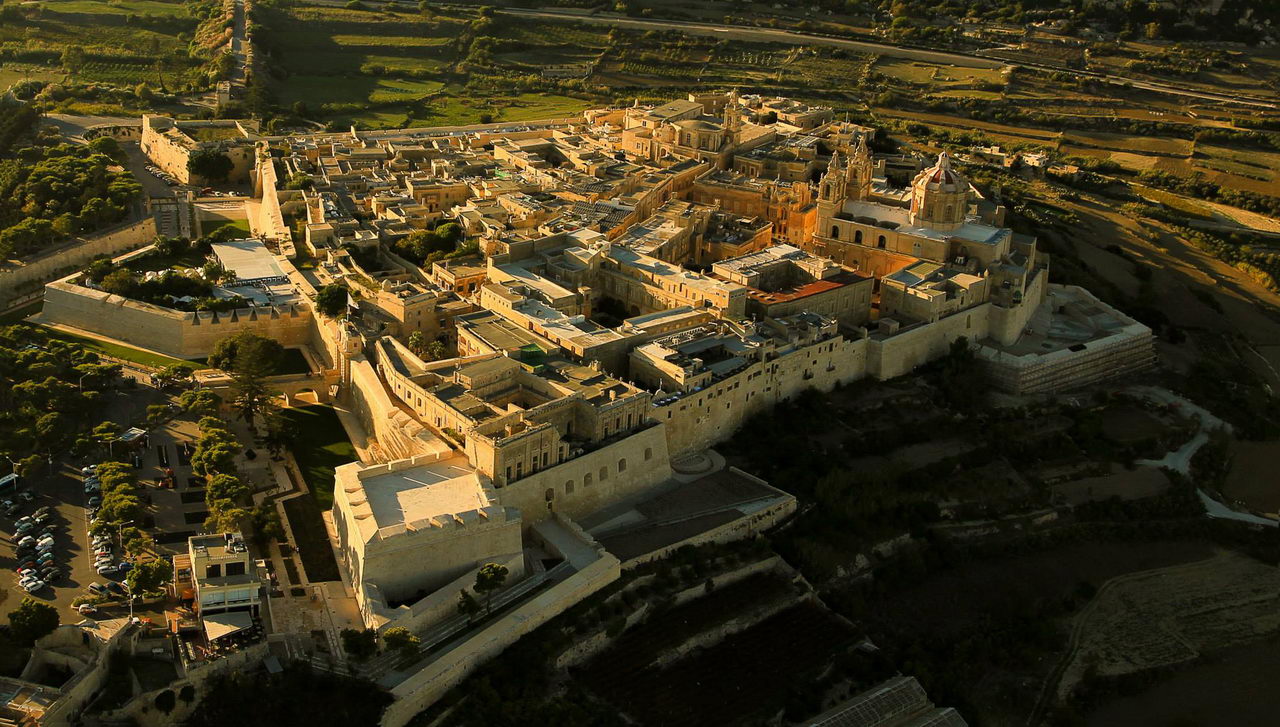
Malta’s first citadel capital, Mdina has been inhabited and fortified since the Bronze Age and was the Roman centre of Malta. What we see today began with the Arabs, continued through the medieval Christian period and slowly declined in importance after the arrival of the Knights in the 16th century. Still inhabited, it is something of a living museum. Malta’s noble families have their ancestral homes here and its tiny, labyrinthine streets are a delight to explore. Bastion Square offers panoramic views over the island. Daytime is the only time to see the sights of Mdina, but it is also nice in the evening when the tour groups have gone and the sun is setting, to wander the atmospheric alleys in peace before settling down to a good dinner in one of Mdina’s excellent restaurants.
Sliema
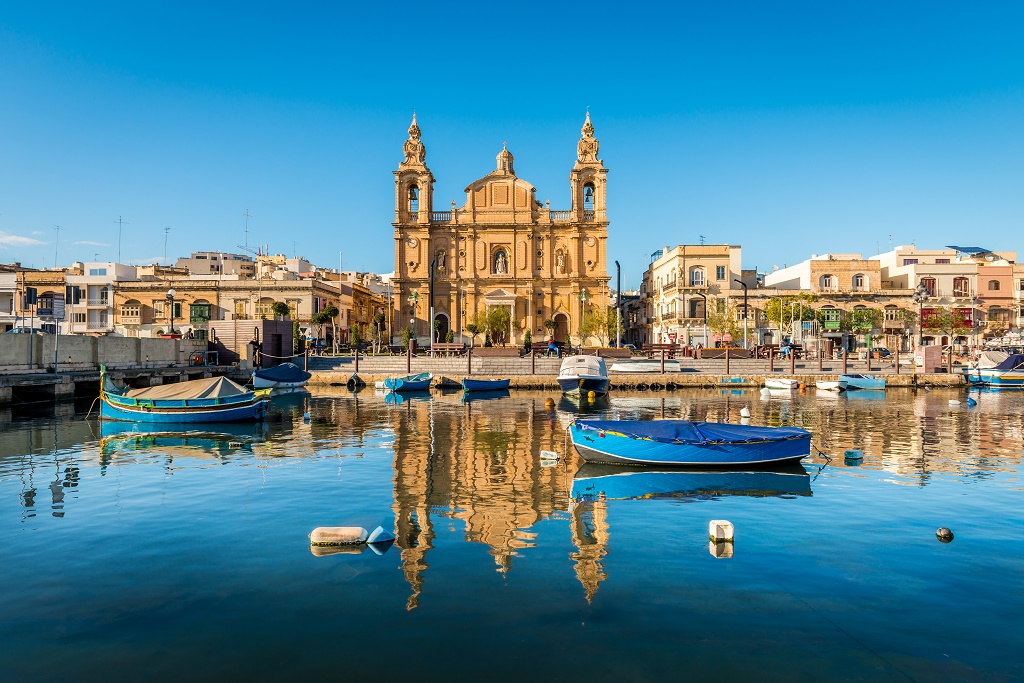
A coastal town situated on the northeast of Malta, adjacent to St Julians. Once the home of Malta's aristocracy; it has now become a major commercial area, very popular for shopping, bars, cafes, restaurants and hotels. Sliema acquired its name from a chapel dedicated to The Our Lady of The Sea (or Stella Maris) built in 1855, which served as a reference point to the fishermen who inhabited the area. The name is linked to the opening words of the Hail Mary prayer, which in Maltese are "Sliem Għalik Marija". Sliem is the Maltese word meaning peace or serenity. Sliema is quite a large residential town with a population of around 15,000 locals; housing also a significant number of expatriates that reside there temporarily. Sliema was once a quiet fishing village, a minor summer resort that hosted the wealthier Valletta residents. The 19 th century, however, saw the development of Sliema; it quickly grew into a residential area, adjoining to neighboring St. Julians. Elegant villas and town houses, as well as many Victorian buildings were built by the British along the promenade overlooking the rocky coastline.
Saint Julian’s
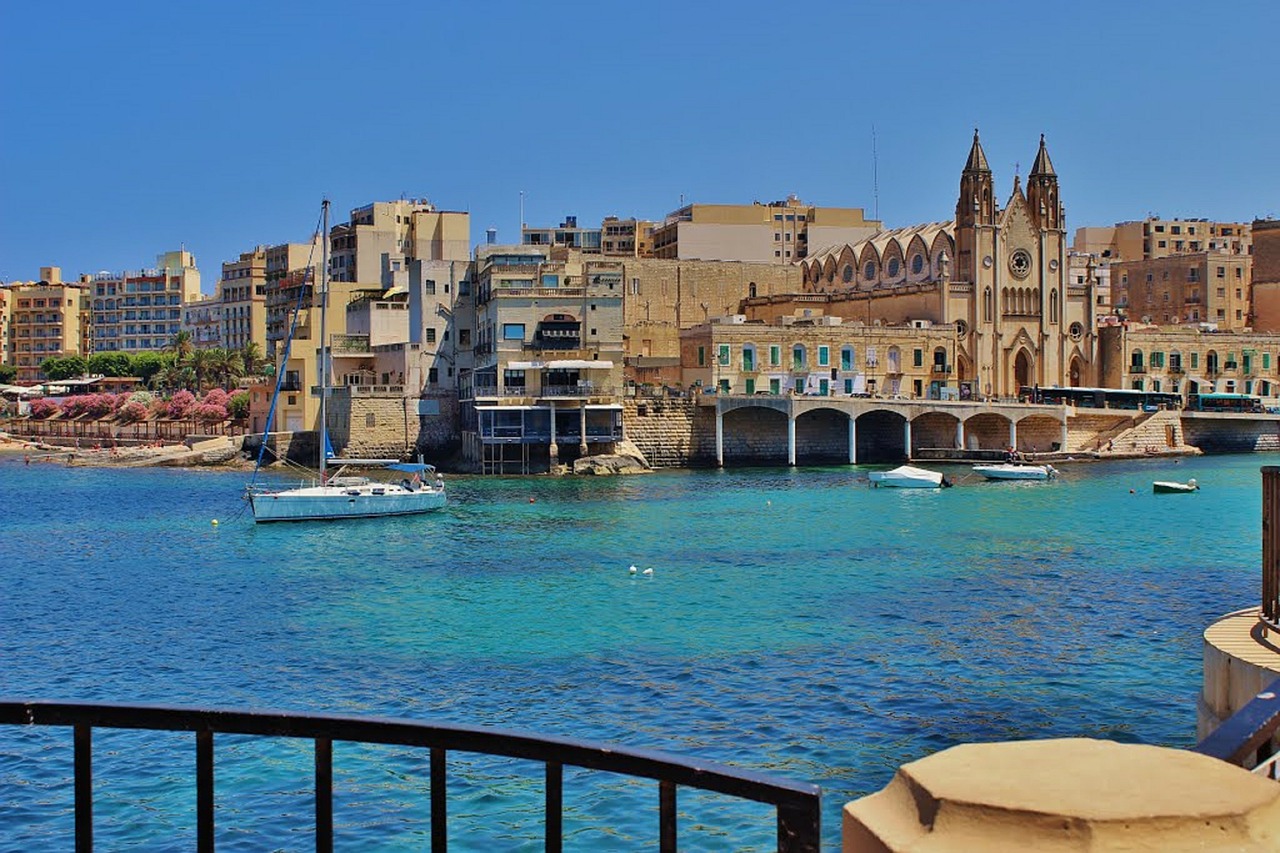
Or San Giljan, is located on the Maltese coast, north of Valletta and it is mostly famous for its booming nightlife and touristic activity. This town is a hub for new and luxurious hotels, many different kinds of restaurants and trendy nightclubs, mostly centered in an area known as Paceville. For this reason, St. Julian's is popular amongst both the locals and tourists alike, especially during the summer months, where visitors take advantage of the good weather to enjoy long walks on the seafront promenade. The landscape of St. Julians is dominated by the tallest building in Malta, Portomaso Tower that stands at 98 meters. St. Julian's has a population of around 8,000 people, and its name comes from the patron saint of the town, Saint Julian. The traditional summer festa is celebrated annually on the last Sunday of August.
Birgu (Vittoriosa)
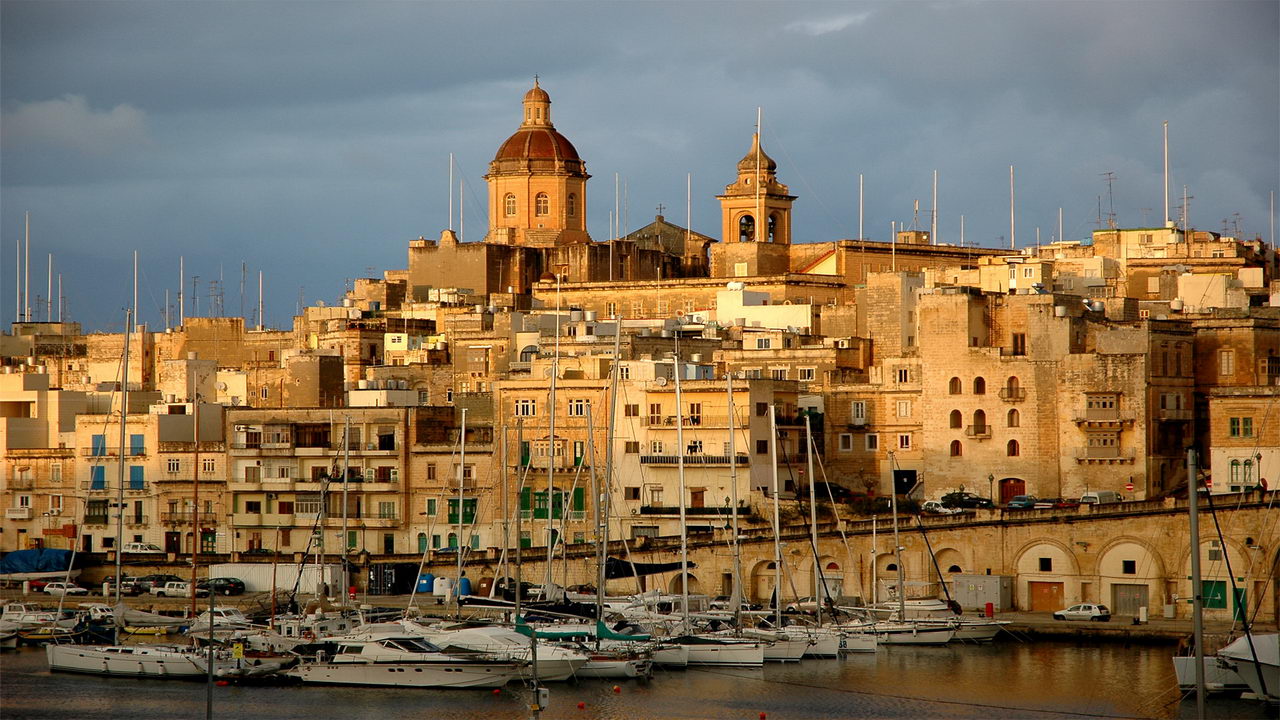
Or Cittá Vittoriosa is one of the oldest cities on the Island, and it played an important role in the Siege of Malta in 1565. Birgu was once a main city and has a long history of military and maritime activities. Birgu’s position in the Grand harbor was of great importance and several military leaders wanted to take over the city. Therefore, the Phoenicians, Greeks, Romans Byzantines, Arabs, Normans and the Aragonese all shaped and developed Birgu. Yet, no one did more for the city than the Knights of St. John, who arrived to Malta in 1530 and made Birgu the capital of Malta. Birgu is a unique city surrounded by fortified walls, ancient history, monuments and places that one can visit. The entrance to Birgu is via the Couvre Porte, while the parish church is dedicated to St. Lawrence, whose feast is celebrated annually on the 10th of August. Brass bands clubs, processions and fireworks are among the attractions in such festivities.
Entering this website you automatically agree the following terms and conditions even if You are not a registered user of the site. Images shown on the website, country and travel specifications, as well as the webdesignes are subject to copyright protection, Elegant Enterprises are All rights reserved. Prohibited the website all or partial copy, store, use, distribution and sale, without the written consent of the copyright owner of this website (Elegant Enterprises)